Fajita Spice Mix: The Ultimate Fusion of Global Flavors
Spice is the soul of food, and a good fajita spice mix is like a passport to a world of flavor. Whether you're a Tex-Mex enthusiast or just curious about global spice traditions, this humble blend has more stories to tell than you might expect.
Table of Contents
- A Sizzling History: Where Did Fajita Spice Come From?
- Inside the Mix: What’s in Your Fajita Spice?
- Global Influences: How the World Shapes This Classic Blend
- Pro Tips: Making Your Own Fajita Magic at Home
- Spicy or Not? Customizing Heat Levels Like a Pro
- Serving Suggestions: Beyond Tacos and Tortillas
- How to Store Your Homemade Spice Mix for Maximum Flavor
- Conclusion
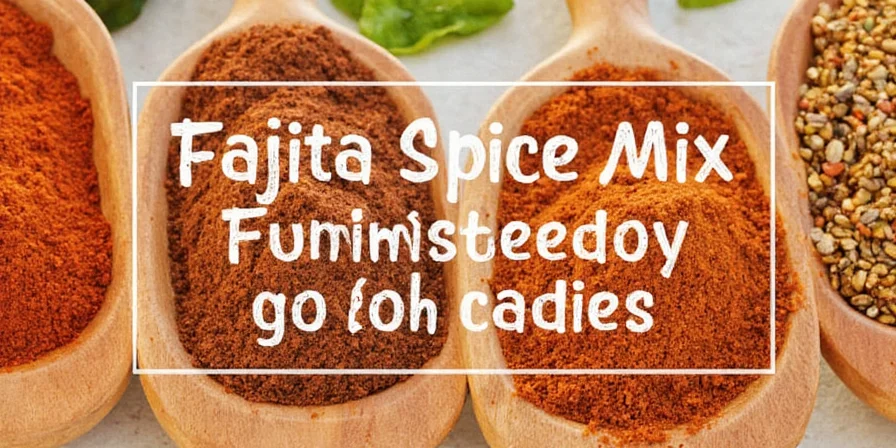
A Sizzling History: Where Did Fajita Spice Come From?
The fajita as we know it began in Texas, but its roots run deep through Mexican culinary history. Originally made from skirt steak—a cut that was considered less desirable by American ranchers—it became a staple among Mexican-American cowboys who knew how to turn tough meat into tender deliciousness.
The word "fajita" comes from the Spanish term "faja," meaning belt or strip—referring to the cut of meat used. Over time, the marinade evolved into what we now call fajita spice mix, a blend designed to tenderize and flavor meats before grilling.
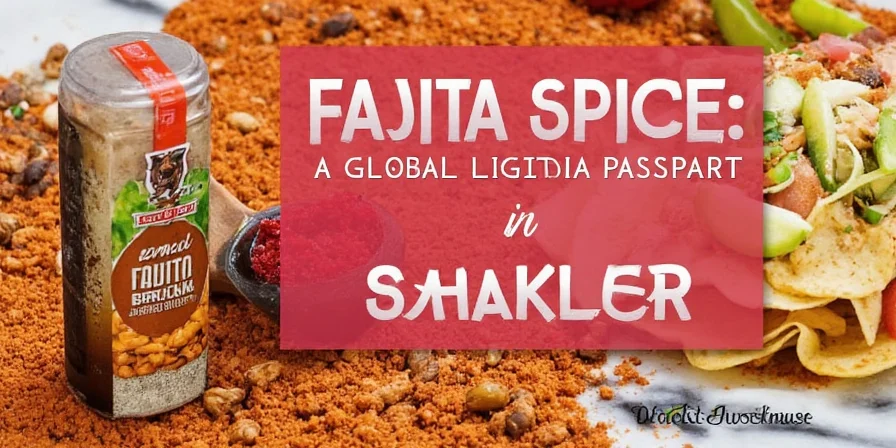
Inside the Mix: What’s in Your Fajita Spice?
At its core, fajita seasoning is bold, earthy, smoky, and slightly citrusy. Here's a classic breakdown:
| Spice | Role | Taste Profile |
|---|---|---|
| Paprika | Color & mild heat | Sweet, smoky |
| Chili Powder | Main heat source | Earthy, spicy |
| Cumin | Depth & warmth | Nutty, peppery |
| Garlic Powder | Umami boost | Pungent, savory |
| Onion Powder | Balancing sweetness | Mildly sweet, savory |
| Oregano | Herbaceous lift | Grassy, floral |
| Black Pepper | Sharpness & bite | Peppery, hot |
| Smoked Salt | Umami & smoke balance | Salty, smoky |
| Lime Zest (Optional) | Zesty brightness | Citrusy, tangy |
Global Influences: How the World Shapes This Classic Blend
Though born in Texas, the fajita spice mix has traveled far and wide, picking up international flavors along the way. Here’s how different cultures have adapted the basic mix:
- Mexico: Uses fresh ground chilies like ancho or guajillo for deeper, sweeter heat.
- India: Adds garam masala or curry powder for a spiced twist.
- Thailand: Substitutes lemongrass and coriander for a more aromatic version.
- Korea: Blends gochugaru (Korean chili flakes) for umami and complex heat.
- Jamaica: Introduces scotch bonnet pepper powder and allspice for a Caribbean kick.
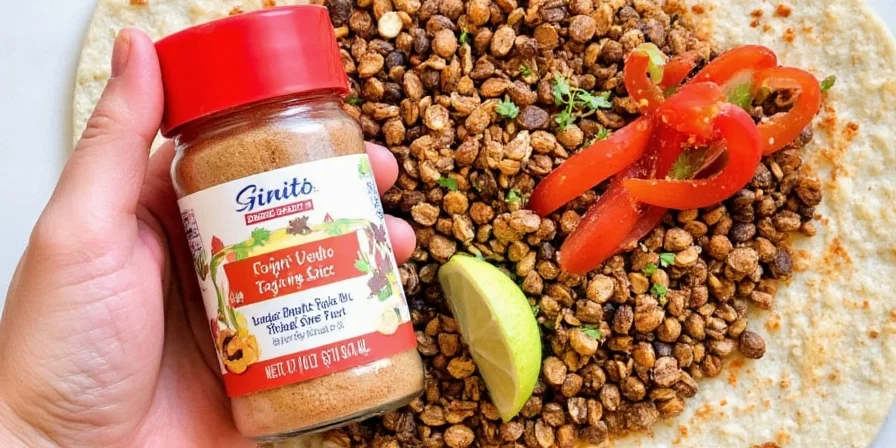
Pro Tips: Making Your Own Fajita Magic at Home
Ready to play spice alchemist? Here are some pro tips to craft your perfect batch:
- Toaster Toasting: Lightly toast whole cumin seeds in a dry pan before grinding for deeper aroma.
- DIY Chili Powder: Use dried ancho or pasilla chilies for a richer, sweeter heat base.
- Add Fresh Citrus: Zest in some lime or orange peel for a bright finish.
- Oil It Up: Add a few drops of oil when marinating to help spices adhere better to meat.
- Let It Rest: Allow seasoned meat to sit for at least 30 minutes before cooking.
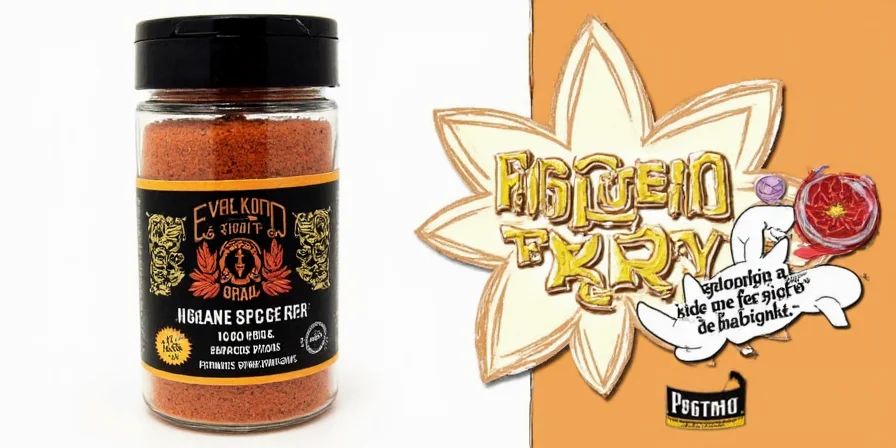
Spicy or Not? Customizing Heat Levels Like a Pro
Want your fajitas blazing or baby-friendly? Here’s how to tweak the heat without losing flavor:
| Heat Level | Adjustments | Recommended For |
|---|---|---|
| Mild | Use paprika only, skip chili powder | Kids, spice-sensitive guests |
| Medium | Equal parts chili powder & paprika | Family dinners, casual gatherings |
| Hot | Increase chili powder, add cayenne | Spice lovers, taco challenges |
| Scorching | Add ghost pepper or habanero powder | Experienced eaters only! |
Serving Suggestions: Beyond Tacos and Tortillas
Who says fajitas need tortillas? Try these unexpected uses for your fajita spice mix:
- Popcorn Seasoning: Dust over buttered popcorn for a spicy movie night snack.
- Grilled Veggies
- Roasted Chickpeas
- Spiced Nuts
- Marinade for Tofu or Seitan
- Seasoning for Scrambled Eggs
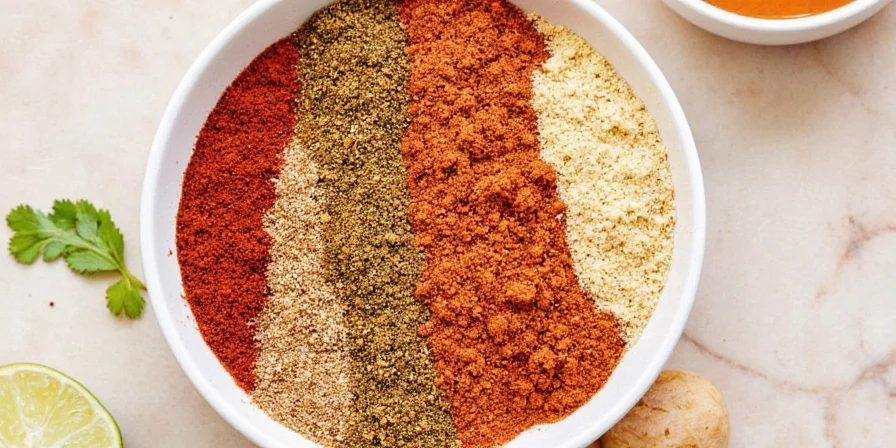
How to Store Your Homemade Spice Mix for Maximum Flavor
Your hard work deserves to last! Here’s how to keep your fajita spice mix tasting fresh:
- Use Airtight Containers: Mason jars or spice tins work best.
- Avoid Moisture: Keep away from steam or humidity.
- Label Clearly: Date your mix so you know when it’s time to remix.
- Store in Cool, Dark Place: Under the sink or in a pantry cabinet is ideal.
- Shake Occasionally: Prevents settling and clumping.
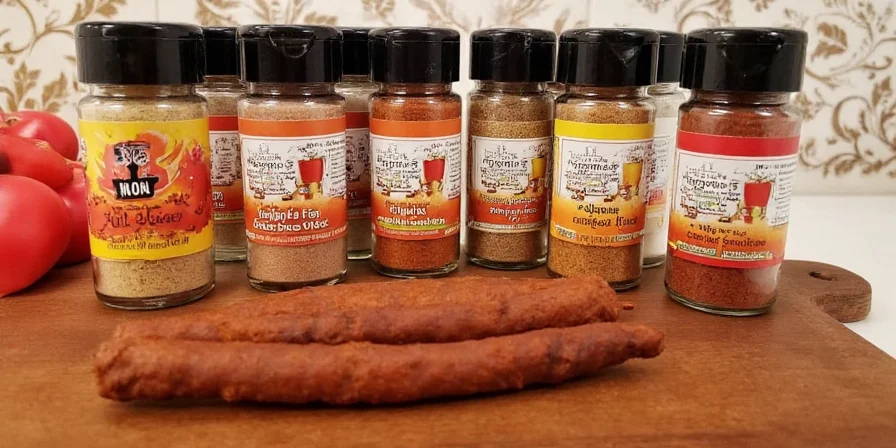
Conclusion
The fajita spice mix may have started in Texas, but its journey across the globe has turned it into a truly international flavor sensation. With just a few ingredients and a little creativity, you can make your own custom blend that reflects your tastes and travels.
Whether you’re grilling steak under the stars or jazzing up a bowl of roasted chickpeas on a rainy day, this versatile mix is a must-have in any global spice lover’s kitchen. So go ahead—grab those spices, fire up the pan, and let your taste buds take a flavorful trip around the world.

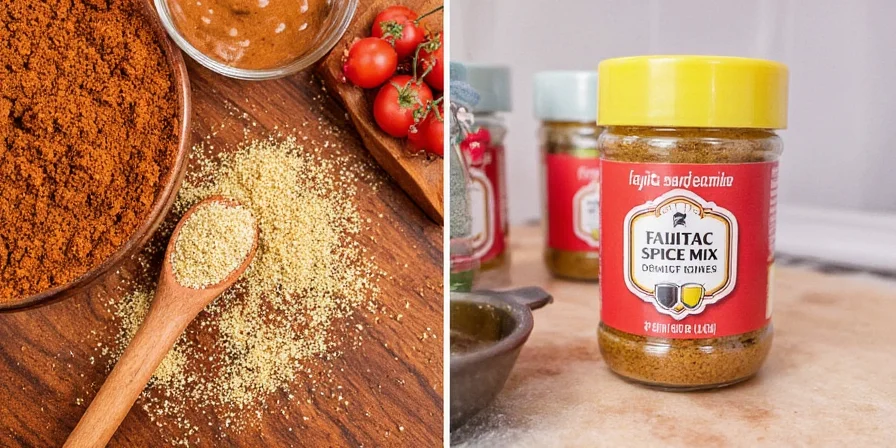









 浙公网安备
33010002000092号
浙公网安备
33010002000092号 浙B2-20120091-4
浙B2-20120091-4